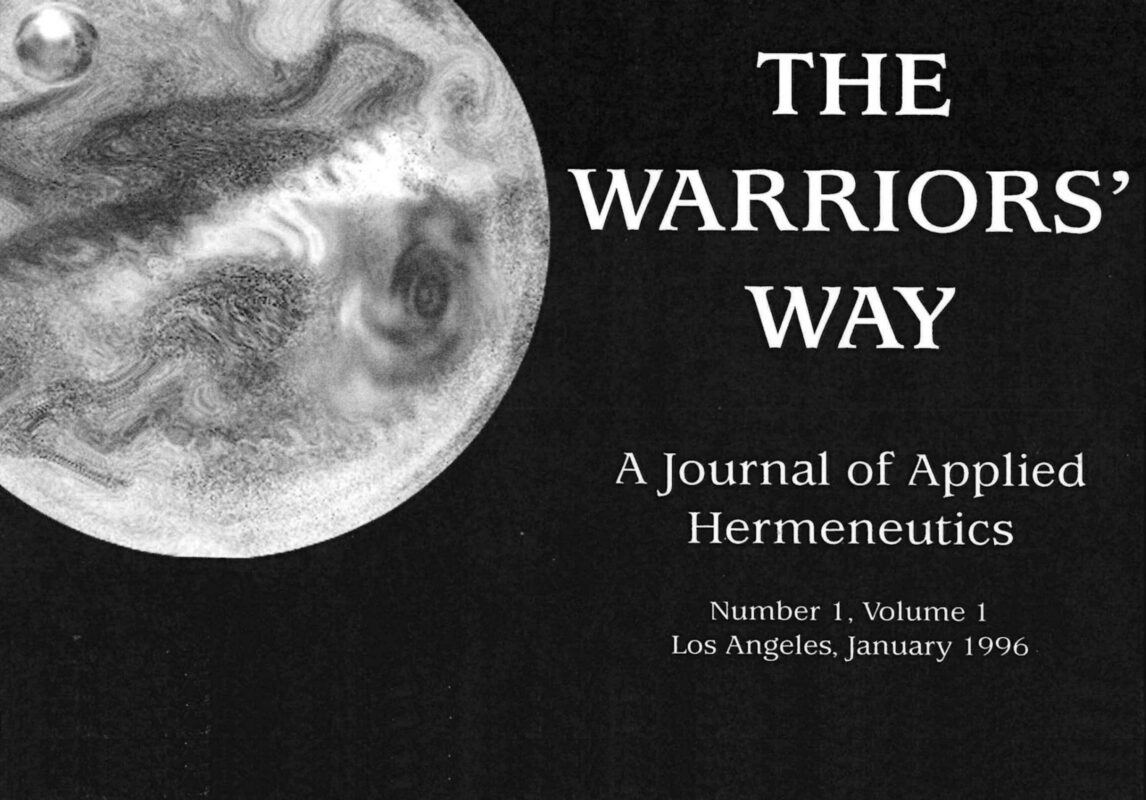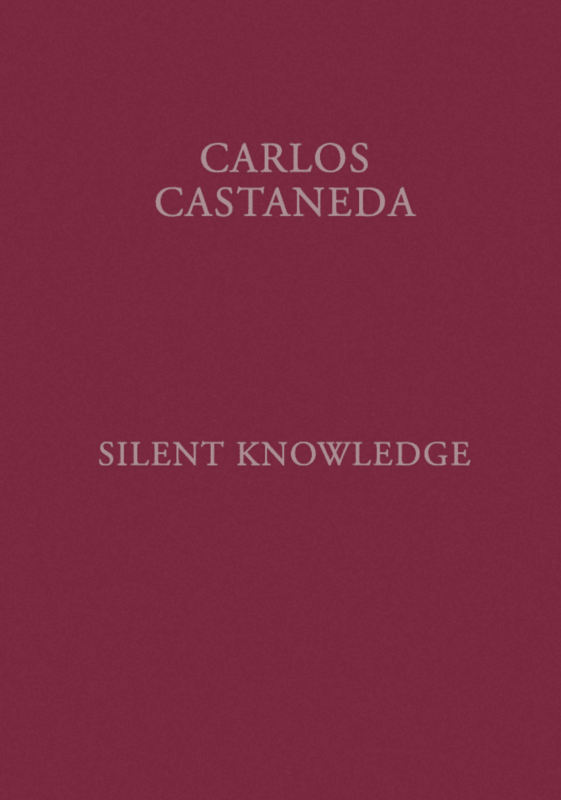Journal of Applied Hermeneutics – The Force that Holds Us Together as Fields of Energy
In this entry, Castaneda explores a concept from ancient sorcerers: a vibratory, “agglutinating force” that holds humans together as a unit of energy fields. Don Juan taught that practicing the magical passes is the key to becoming conscious of this force. Castaneda recounts that while ancient sorcerers learned to use this force to dissolve their physical mass, they became obsessed with controlling it after finding they could not act in that state. He explains that modern practitioners, in contrast, seek only to become aware of this force for the sake of knowledge and well-being. According to don Juan, its only permissible use is for a sorcerer to employ it to burn from within at the moment of death.
Journal of Applied Hermeneutics – The Force that Holds Us Together as Fields of Energy Read More »

